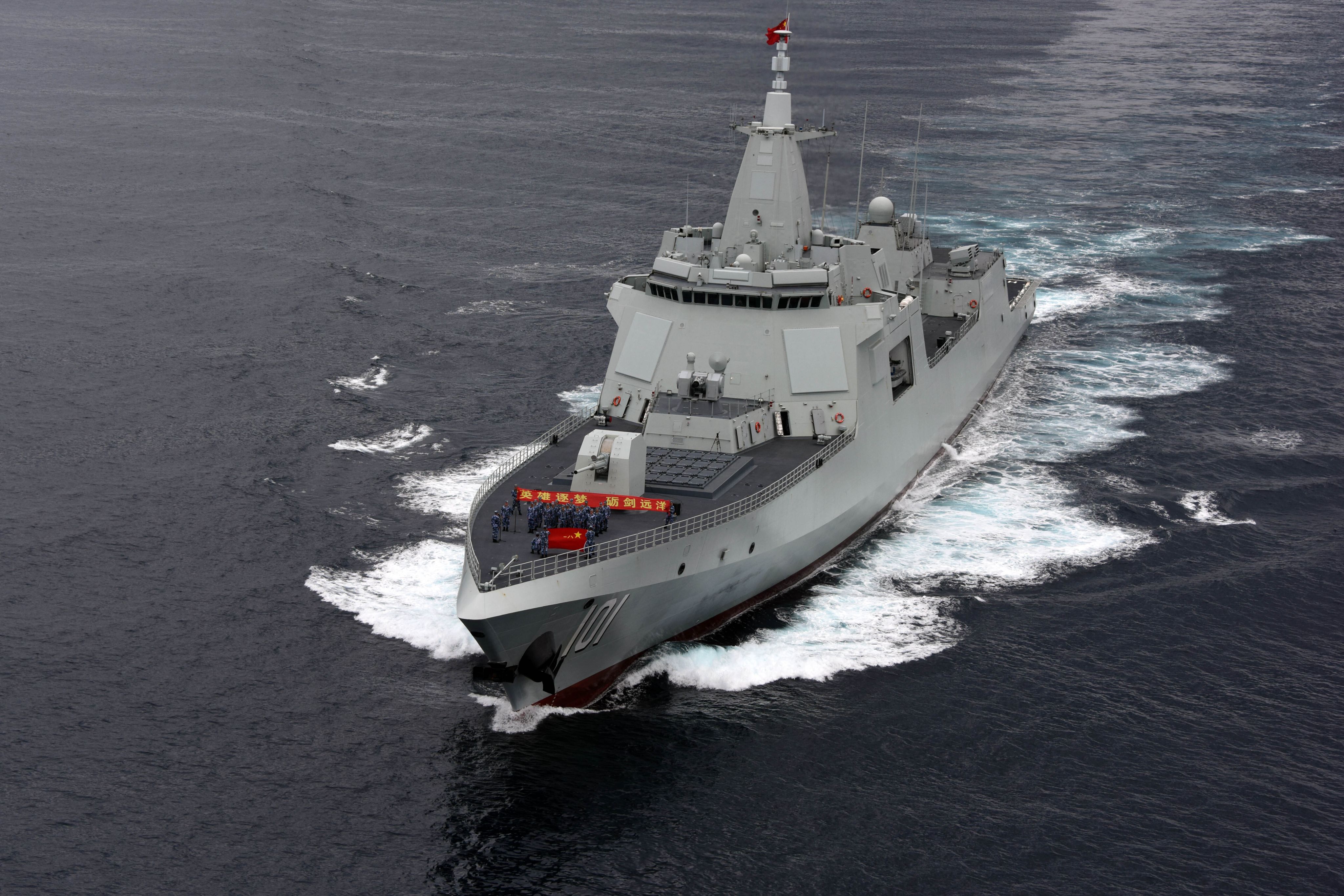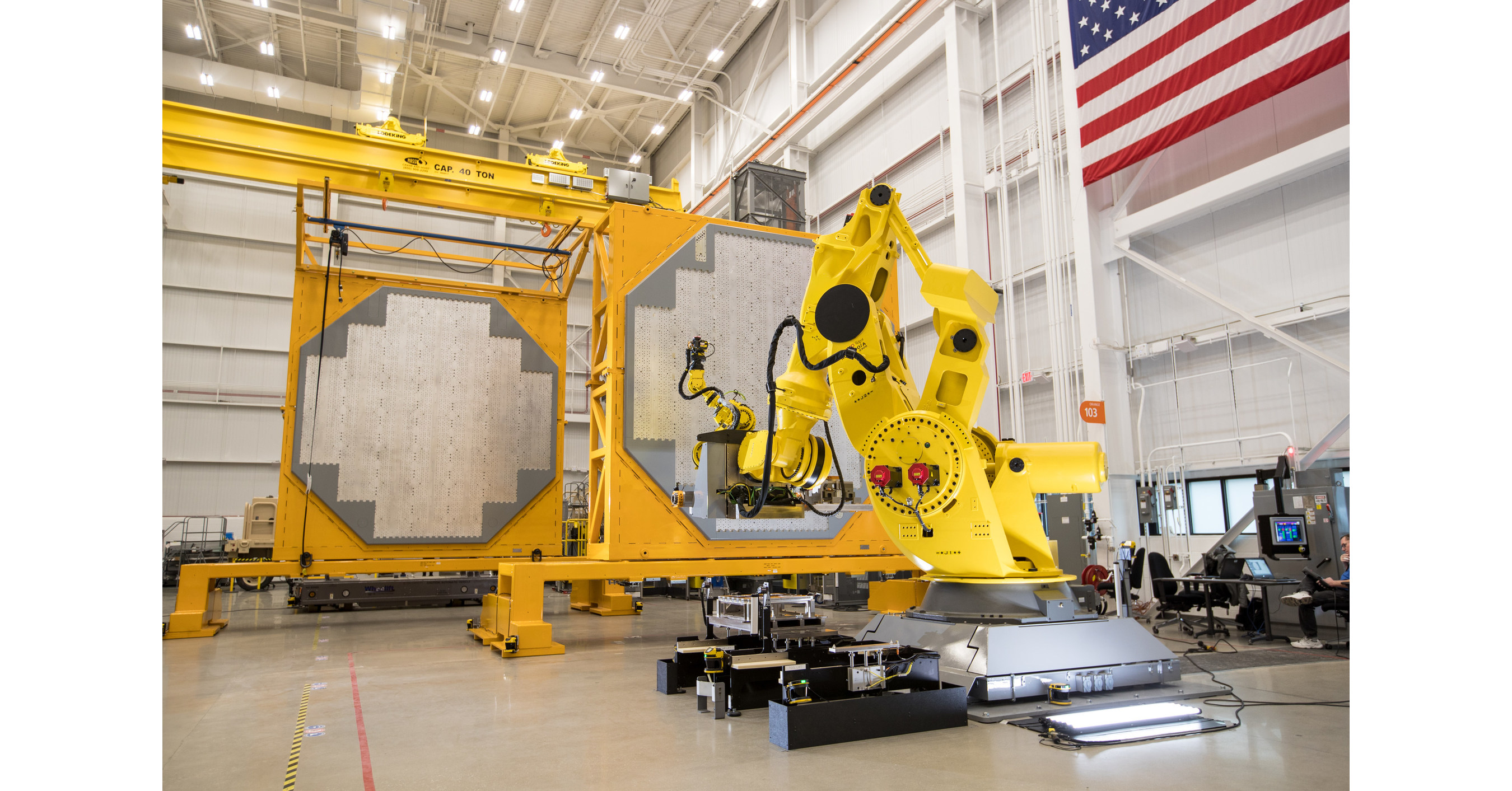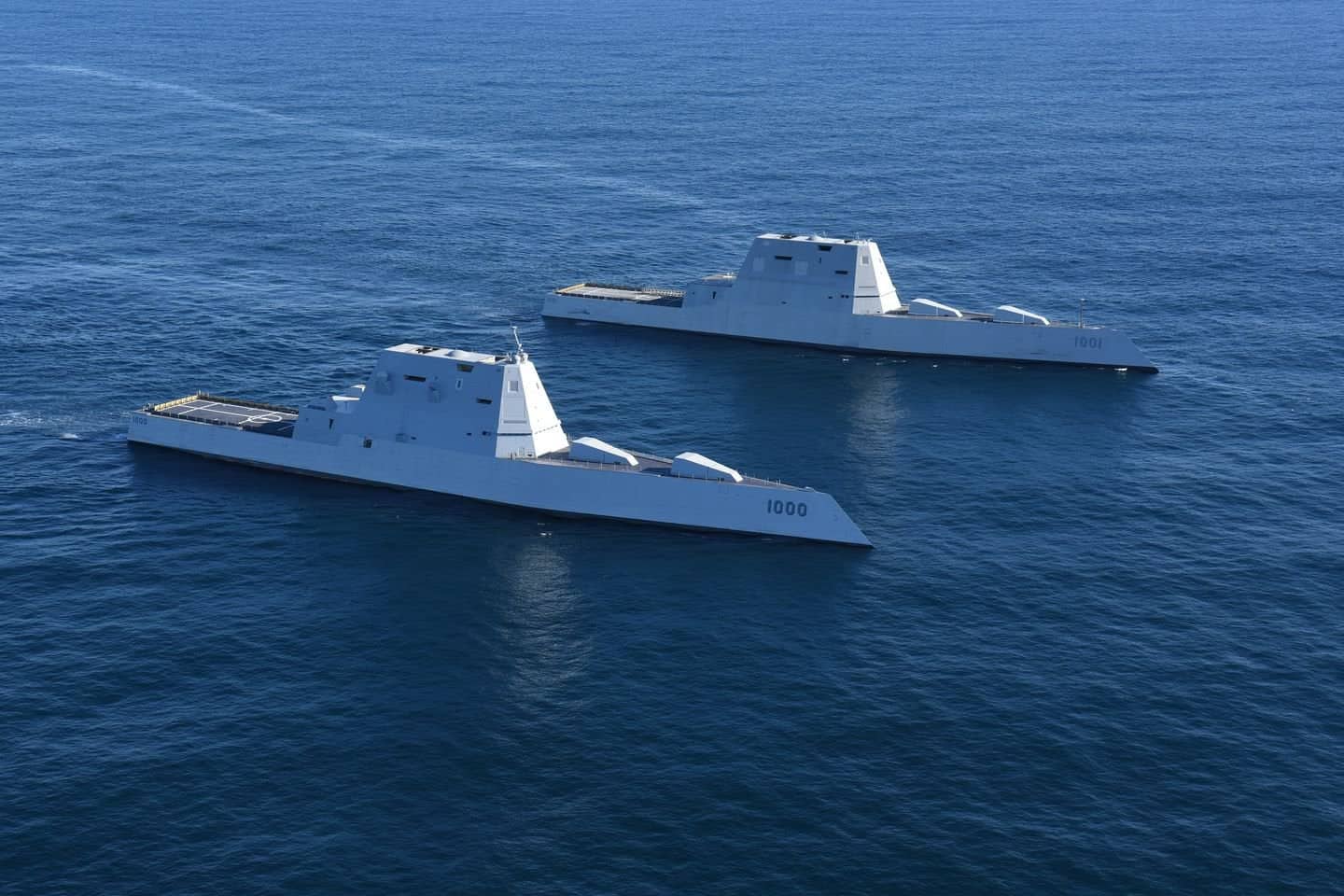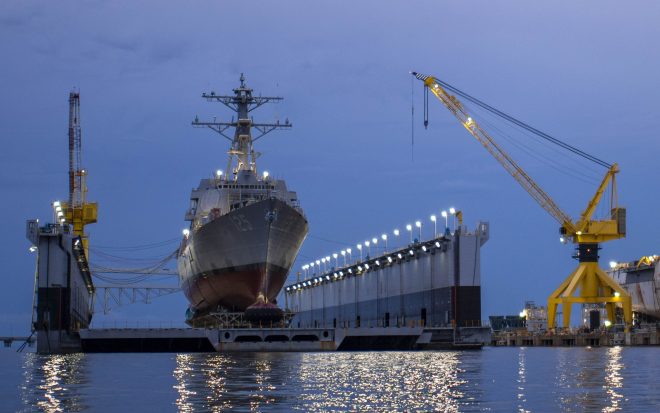Firefinder
ACCESS: Top Secret
- Joined
- 5 October 2019
- Messages
- 1,049
- Reaction score
- 1,904
The Proper, class specially, gear has yet to arrive.The Independence class is finding a solid niche is being Marine Fast Taxis, minesweepers, and low level area patrol boats. Helps that not only do they work, that big deck and hanger of theirs allows for nearly every copter in the Force to use them.And if you're making numbers by retaining ships that don't contribute to warfighting capacity [cough] LCS [/cough] then you're just spending money without improving the ability to execute the mission.
There's a sunk cost fallacy at work here (pun not intended). Yes, we spent an inordinate sum on LCS that in hindsight should have been spent elsewhere. But it doesn't make sense to continue funding them once it becomes clear that they aren't contributing to the mission.
Hell they can even squeez in a few of those Robo NSSM cars in a pinch as well. Which works nicely with the Marines new doctrine.
Those LCS are more then earning their keep.
The fucking Freedoms, which are the 8 to 10 being retired, on the other hand...
Why did we buy that class again?
Yeah, I'm with you. I thought about making that distinction and decided to err on the side of brevity.
How are is the Independence Class being used as minesweeper?
I didn't think the MIW package was delivered yet??
I'm not looking to argue, just looking to learn.
But it does not stop them from being use as a Base for the older legacy Helicopter Sweepers and divers. And the Navy just did the big, Does everything FUcking Work Test on the USS Tulsa last year as well.








